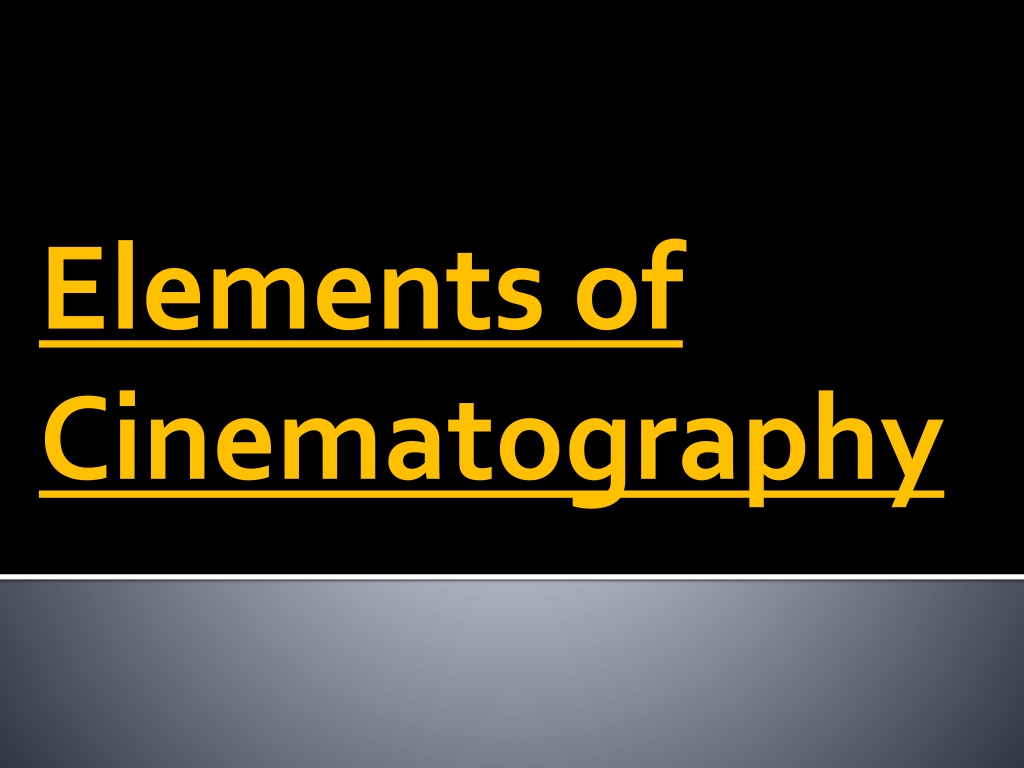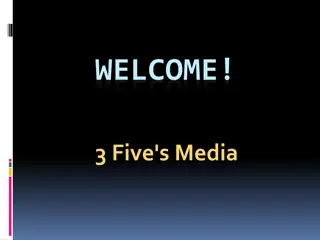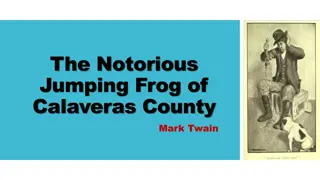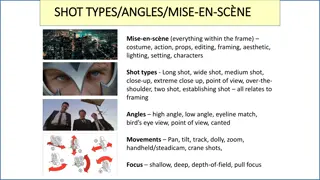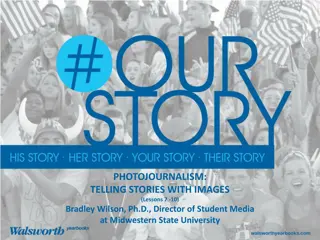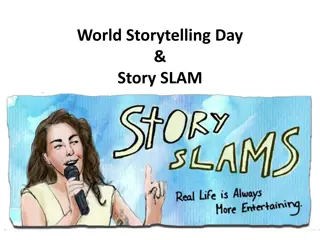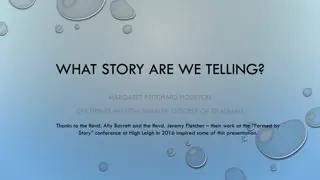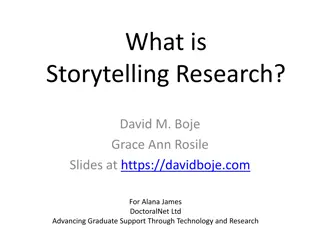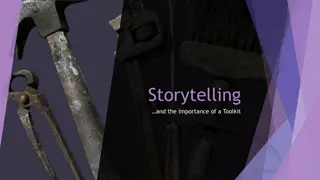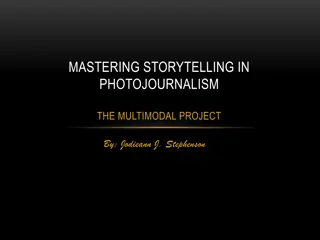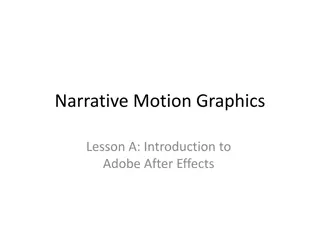An Exploration of Cinematography: The Art of Visual Storytelling
Unveil the nuances of cinematography, where motion-picture photography captures the essence of storytelling through shots, POV, composition, and cinematic techniques. Dive into the world of cinematic visuals and learn how framing, viewpoints, and shot sizes influence storytelling in film.
Download Presentation

Please find below an Image/Link to download the presentation.
The content on the website is provided AS IS for your information and personal use only. It may not be sold, licensed, or shared on other websites without obtaining consent from the author. Download presentation by click this link. If you encounter any issues during the download, it is possible that the publisher has removed the file from their server.
E N D
Presentation Transcript
Elements of Cinematography
Motion-picture photography, literally writing in movement. The basic unit of cinematography is the shot. Introduction to Cinematography Composing Movement
A continuous point of view that may move but doesn t change.
The position from which a person, an event, or an object is seen or filmed. All shots have a POV.
The specific object highlighted within a point of view.
Contains, limits, and directs the point of view within the borders of the rectangular frame.
Top 10 Amazing Cinematic Techniques Part 1 Top 10 Amazing Cinematic Techniques Part 2 Top 10 Amazing Cinematic Techniques Part 3
AKA Wide shot. The larger space of the image dwarfs the subject. Accommodates large groups, creates emotional distance, emphasizes background.
The whole subject is in frame and is recognizable while being defined by the large space and background it is part of. Subjects head and feet are often touched in the top and bottom of the frame. Good for group conversations.
Approximately half of the body is shot. More subtle performances and detailed actions can be seen. Shot is more subjective and emotionally involved.
Shows detail of the overall subject or action (ie. Face or hands). It emphasizes the subject you begin to lose part of the background. Reveals subtle gestures and facial expressions, and aids in identification and emotional link with the character.
A small detail of the subject is framed, for instance a person s eyes. Brings the viewer into an intimate relationship with the subject.
An initial long shot that establishes the setting and orients the viewer to a clear view of the action.
The establishing shot at the beginning of a film. Film
